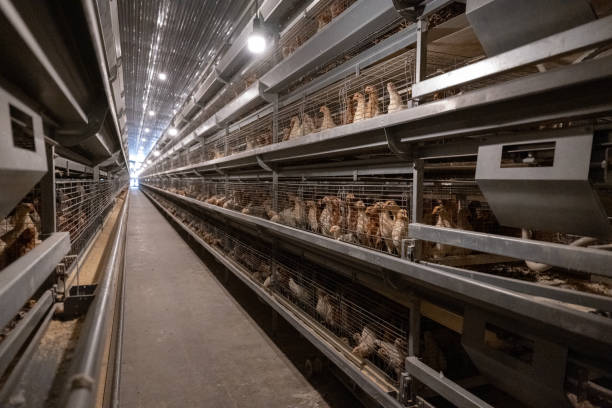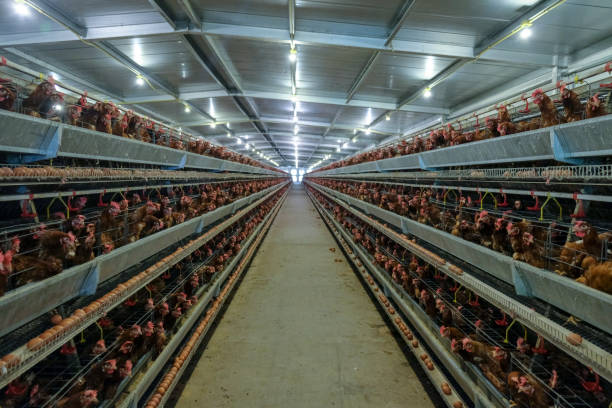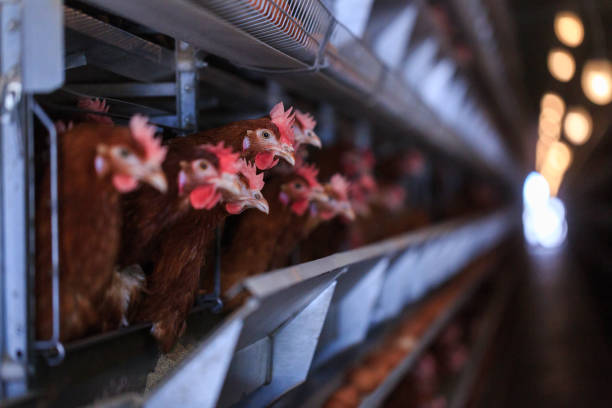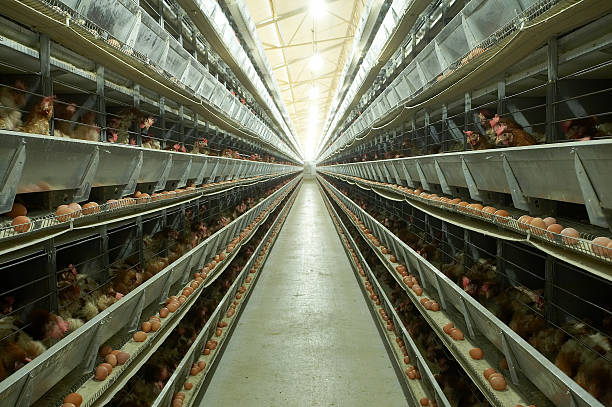
Chicken Cage System Price for Large-Scale Farming
Chicken Cage System Price for Large-Scale Farming
When it comes to setting up a large-scale poultry farming operation, one of the most crucial decisions you’ll make is choosing the right chicken cage system. It’s not just about price — though that’s certainly important — it’s also about long-term value, efficiency, animal welfare, and return on investment. In this article, we’ll break down everything you need to know about chicken cage system pricing for commercial farms, including factors that influence cost, the types of systems available, and how to choose the best solution for your operation without overspending.
Whether you’re expanding an existing farm or starting from scratch, understanding what drives the price of a chicken cage system will help you avoid costly mistakes and set your business up for success.
What Determines the Price of a Chicken Cage System?

The price of a chicken cage system isn’t fixed — it varies widely depending on several key factors. The first thing to consider is the type of poultry you’re raising. Are you focusing on layer hens for egg production, broilers for meat, or pullets during the rearing phase? Each requires a different cage design, which affects material usage, complexity, and ultimately cost.
For example, a modern automatic egg chicken cage system with feeding, watering, manure removal, and egg collection systems integrated can cost significantly more than a basic floor-rearing setup. However, the automation pays off in labor savings and higher productivity over time.
Material quality also plays a big role. High-quality galvanized steel or hot-dip zinc-coated wire resists rust and lasts much longer — especially in high-humidity environments. While cheaper systems may use thinner or uncoated metal, they often degrade faster, leading to higher maintenance costs and frequent replacements.
Another major factor is automation level. Fully automatic systems that include motorized feed lines, nipple drinking systems, belt manure scrapers, and automated egg belts can easily double the initial investment compared to manual systems. But for large farms with thousands or even tens of thousands of birds, automation drastically reduces labor needs and improves consistency.
Farm size and layout matter too. A 10,000-bird operation won’t have the same cage configuration as a 50,000-bird facility. Larger systems benefit from economies of scale — the per-unit cost often goes down as volume increases. That said, customization (like adapting to irregular building shapes or ventilation setups) can increase the final price.
Lastly, delivery, installation, and after-sales support affect total cost. Some suppliers quote low prices but charge extra for shipping or require you to handle installation yourself. At Livi Machinery, we offer turnkey solutions — including site assessment, design, delivery, and on-site installation guidance — so you know exactly what you’re paying for and get everything up and running smoothly.
Types of Chicken Cage Systems and Their Cost Range
Not all chicken cage systems are created equal, and each type serves a different purpose. Knowing the differences helps you match your needs with the right system — and understand why prices vary across options.
Layer hen cages are the most common for egg-producing farms. These typically come in three-tier or four-tier configurations, maximizing vertical space. A basic manual layer cage system might cost between $3 to $5 per bird capacity, while a fully automatic version with egg belts and manure belts can range from $8 to $12 per bird. For a 20,000-bird farm, that’s anywhere from $60,000 to $240,000 — a significant difference, but the automation usually pays for itself within 1–2 years through reduced labor and better egg hygiene.
Broiler chicken cages are less common than floor-raising systems, but they’re gaining popularity due to better air quality, disease control, and easier management. Broiler cages are designed for heavier birds and shorter cycles (usually 40–60 days). Prices range from $4 to $7 per bird, depending on durability and accessories like feeding pans and water lines. While slightly more expensive upfront than traditional grow-out houses, cage-based broiler systems reduce feed waste and health risks.
Pullet rearing cages are used for young hens before they start laying eggs. These systems often feature smaller mesh sizes to prevent injury and adjustable trays to accommodate growing birds. Automatic feeding and watering are almost essential here, given the sensitivity of young chicks. Pullet cage systems typically cost $5 to $9 per bird, depending on automation and structure height.
Then there are colony or aviary systems — more spacious, semi-free-range setups that promote natural behavior. These are pricier, ranging from $10 to $15 per bird, and are especially popular in markets where consumers demand higher welfare standards. Although the initial cost is high, many export-focused farms find that adopting colony systems opens access to premium markets.
Don’t forget about supporting equipment either. Ventilation fans, cooling pads, fogging systems, lighting controls, and monitoring sensors all add to the overall investment. However, when bundled into a complete package from a reliable manufacturer like Livi, you often get better pricing and seamless integration.
How to Choose the Right System Without Overspending
So how do you pick the best chicken cage system without breaking the bank?
First, define your goals. Are you aiming for maximum output, lowest operating costs, highest bird welfare, or market compliance? If you’re supplying supermarkets or exporting to Europe, you may need to invest in higher-welfare systems. If you’re focused on ROI and efficiency, automation-heavy battery cage systems could be ideal.
Second, plan for the future. Buy a system that can scale with your operation. Modular designs allow you to expand gradually without replacing entire setups. At Livi, our cages are built with standardized connectors so you can add new sections easily.
Third, don’t ignore maintenance and longevity. A cheaper system made from thin-gauge steel might save money now but fail within 3–5 years. Our systems use heavy-duty, corrosion-resistant materials designed to last over 15 years, reducing lifetime costs even if the sticker price is higher.

Fourth, talk to experts. Every farm is different — climate, labor availability, power supply, local regulations. A free consultation with an experienced supplier can help tailor a system to your exact needs and budget. We’ve helped farmers in Africa, Southeast Asia, South America, and the Middle East optimize their layouts for performance and cost-efficiency.
Finally, always request a full breakdown of costs. Ask about warranty, spare parts availability, technical support, and training. A low quote means nothing if the company disappears after delivery.
Why Partnering with the Right Supplier Makes All the Difference
Choosing who you buy from is just as important as choosing the system itself. A trustworthy supplier does more than sell you equipment — they become a long-term partner in your success.

At Livi Machinery, we’ve been designing and manufacturing poultry equipment since 2012. Our team works closely with farmers to deliver custom cage systems based on site conditions, bird type, and budget. From helping you select the right model to guiding installation and troubleshooting later, we stay involved every step of the way.
We also offer flexible options — whether you want a fully automatic line or a hybrid setup that balances cost and performance. Our clients appreciate that we don’t push one-size-fits-all solutions. Instead, we listen, analyze, and recommend what truly works for their situation.
If you’re planning a new project or upgrading an old farm, we’d love to hear from you. Share your farm size, bird type, and location, and we’ll send you a free preliminary design and quote with no obligation. Let us help you build a smarter, more profitable poultry operation.
Got questions or ready to get started? Leave your contact details below, and one of our poultry experts will reach out within 24 hours to discuss your needs.
